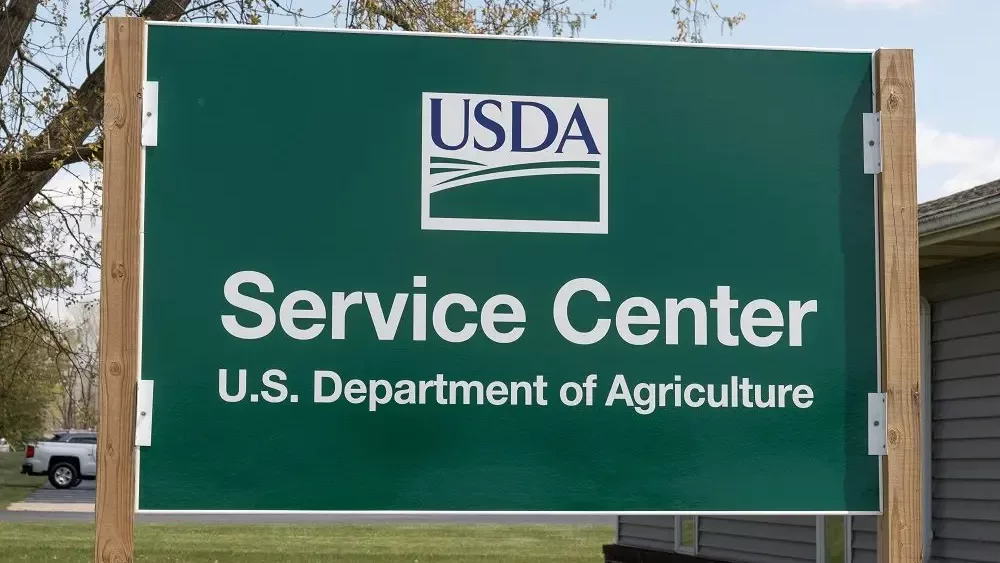The end of harvest 2021 is in sight. Dry weather from last week pushed farmers closer to the finish line, leaving less than 25 percent of corn and soybeans in the fields.
“We’re worried about grain quality, stalk integrity for corn and beans,” says Mike Swoish, Pioneer field agronomist. “The crop needs to get out of the field in most areas, and there are definitely quite a few fields standing. With that, they’re naturally going to have some compaction issues with all this moisture we’re experiencing, unfortunately.”
He says wet soil coupled with heavier equipment can compress the ground. But there are ways to prevent the biggest impacts.
“Every time we go through the field and there’s a considerable amount of moisture in the soil, we’re going to cause some compaction,” says Swoish. “The things we can do are more tire contact with the ground—whether that’s larger tires, high-flotation or tracks—then we decrease our tire pressure. That helps with compaction as well.”
If not managed properly, Swoish says here’s research showing soil compaction can reach 20 inches or more below ground. That can reduce the plant’s access to water and nutrients in the spring.
“A lot of our common tillage tools don’t reach below our potential compaction depth,” he says. “Cover crops can help sometimes depending on how much growth you get. It’s probably too late this season to plant cover crops that will grow enough to do any real good for compaction. Rotating to alfalfa can help for a few years. It’s better to not cause the compaction if that’s possible, but it’s not always possible.”
This agronomy update is made possible by Pioneer.





